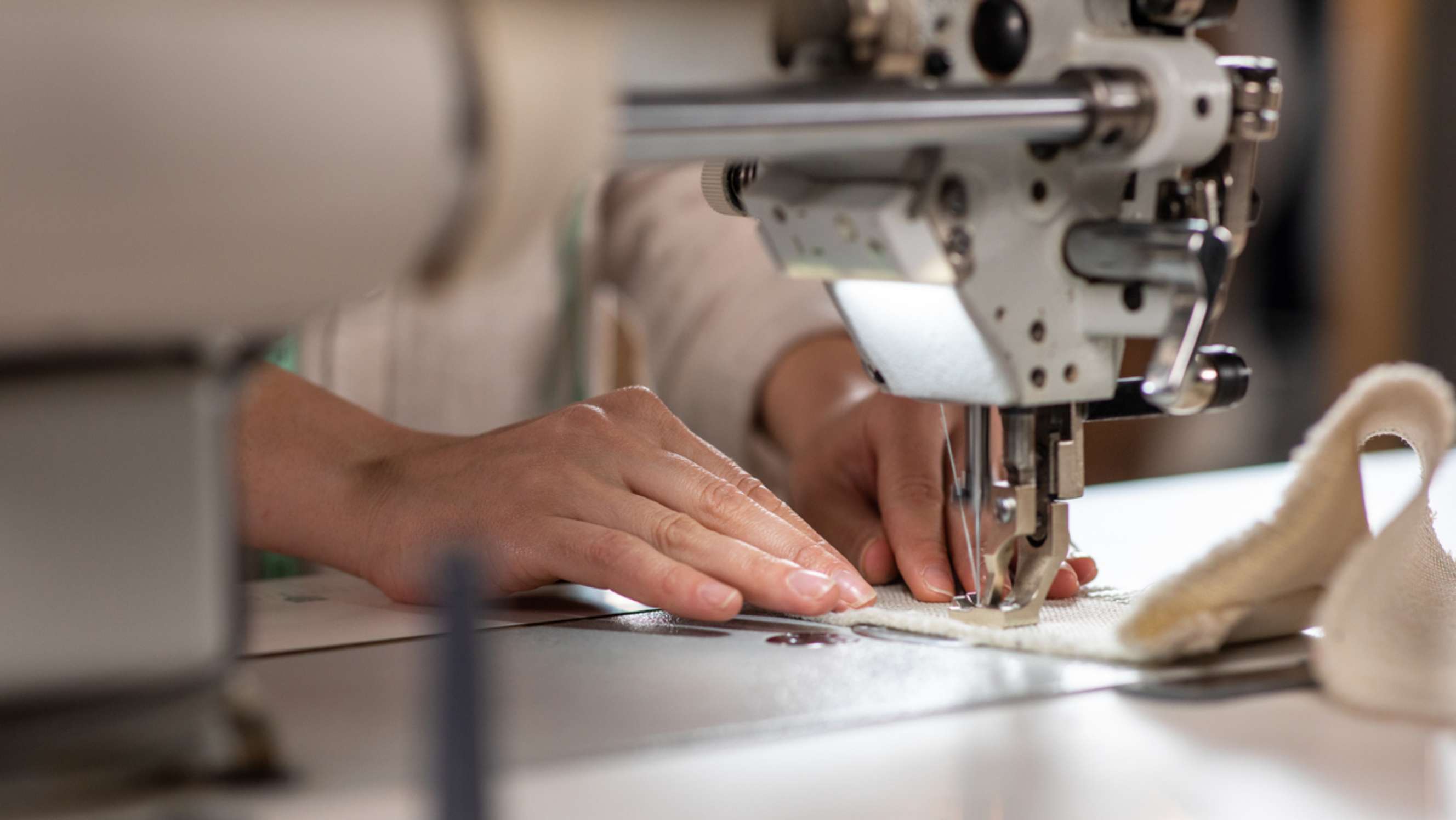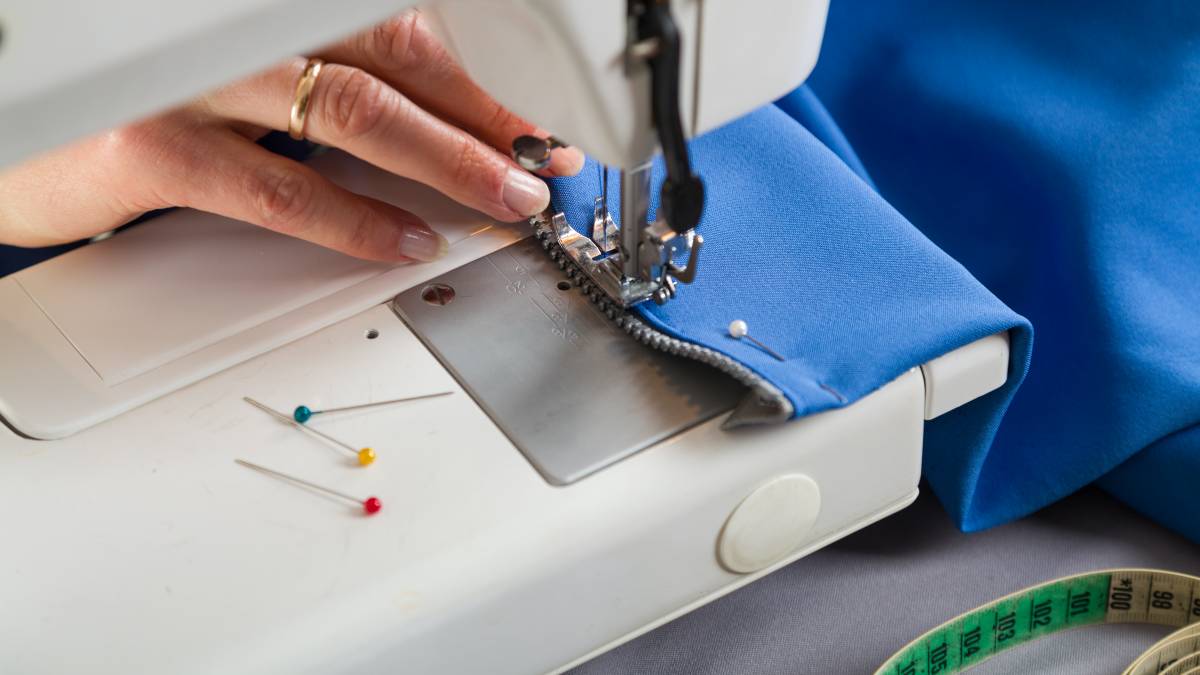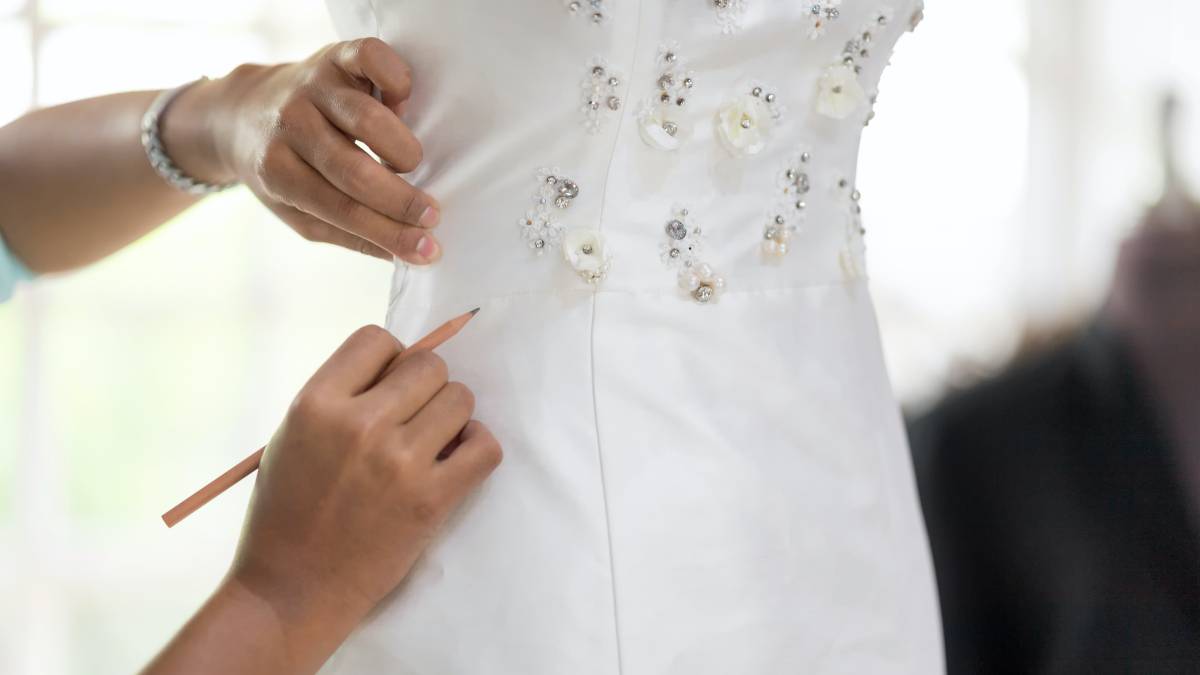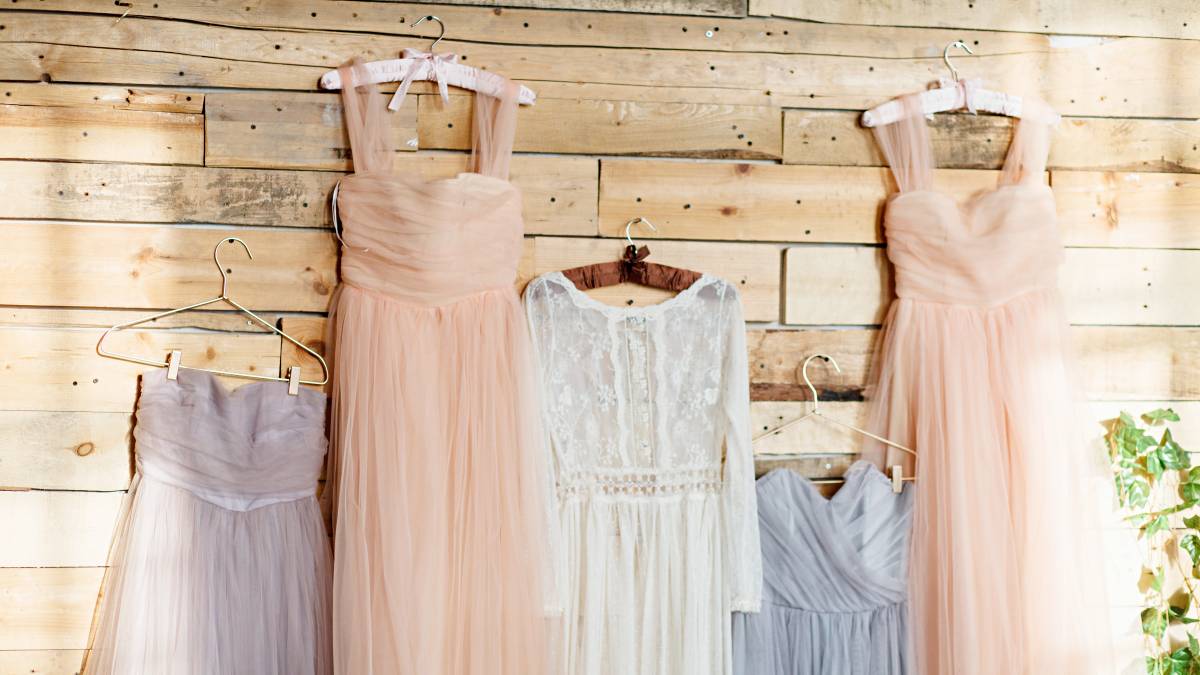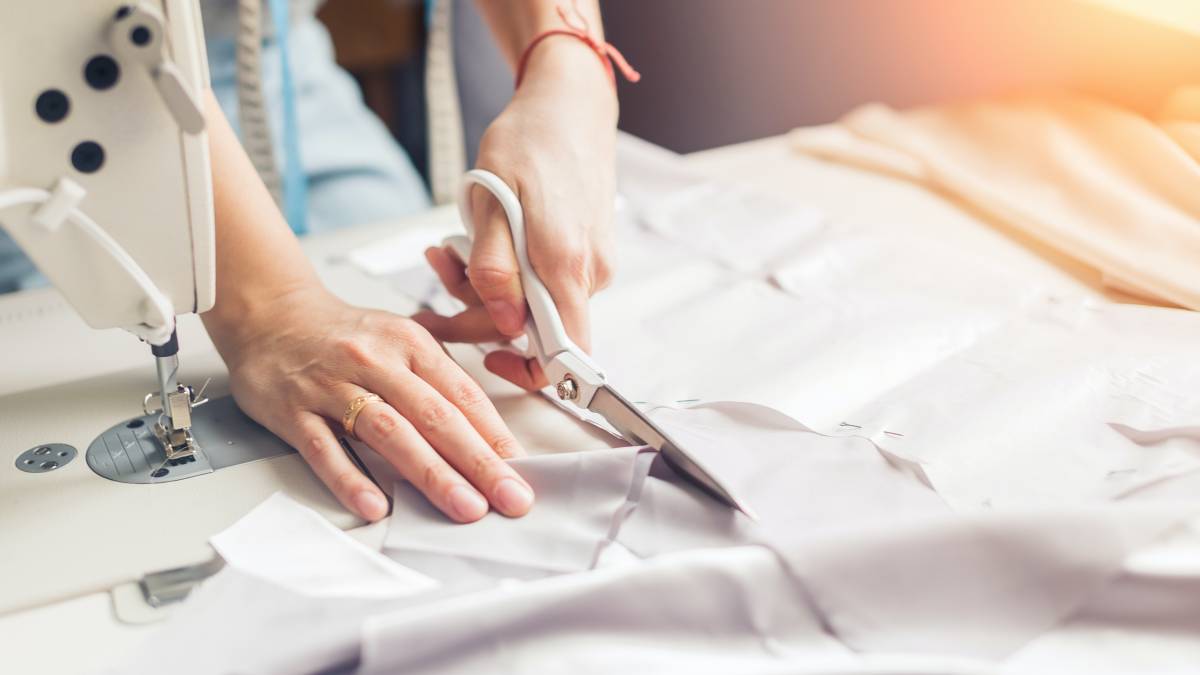- Home/
- Comparisons/
- Alterations/
- Tailored Fit vs Slim Fit

Tailored fit vs slim fit: What's the right fit for you?
Comparing tailored fit and slim fit based on silhouette, formality, comfort, and more.
Hire an alteration expertLast Updated on
Key Facts
Tailored fit refers to clothing that is designed to closely follow the body's contours while providing a structured and polished look. It typically features a narrower cut through the chest, waist, and sleeves.
Slim fit is a style of clothing that is designed to hug the body closely, offering a sleek and modern appearance. It is characterised by a tapered cut throughout the torso and limbs.
Looking great and professional for events or meetings is a tough reality for many folks. While others enjoy the journey and treat it as art, many still relate to the struggles of a good-fitting piece of clothing.
In this guide, we’ll discuss the differences between tailored fit vs slim fit garments, look at which is excellent for which body type, and how they function with tailoring and alterations.
What is a tailored fit garment?

Tailored fit garments are apparel with proportions that fit closer to the body than regular fit clothing. This type of fit typically features precise and narrow cuts through the chest, waist, and sleeves, enhancing your shape and resulting in a more refined appearance.
While they offer a tailored look, they are generally more affordable and can be easily found in stores. With some professional alterations, tailored fit garments can have the same flair as custom ones.
What is a slim fit garment?

Slim fit garments are designed to closely hug the body's shape. They have a tighter fit overall, characterised by a tapered cut throughout the torso and limbs. The clothing is snug to the body but highlights the natural contours of whoever wears it. Despite its close-fitting proportions, the slim fit still has room for alterations to fit your body type even better.
Slim vs tailored fit: What's the right fit for your style?
Experts agree that well-fitting garments affect how a person is perceived professionally and casually. And it’s also proven that clothes with a proper fit help with the mobility and comfortability of the wearer.
Here, let’s discover the difference between slim fit and tailor fit so your next set of threads can be comfy but also look stylish!
In terms of silhouette

Slim fit has a tighter silhouette than tailored fit and will fit snuggly on the body. As mentioned above, this fit typically has a tapered waist and hem with narrower sleeves designed to accentuate the wearer’s proportions.
On the other hand, a tailored fit is more loose without looking baggy on the wearer. It can still accentuate the wearer’s silhouette but not as tightly as a slim fit. Local seamstresses even describe the tailored fit as a Goldilocks fit compared to slim and regular fit garments.
In terms of body type
Slim fit suits have the tightest proportions. This also means they’re restrictive regarding body type—mainly limited to slimmer figures.
On the other hand, tailored fit suits are looser in all measurements, allowing more body types to fit without delving into suit alteration. Generally speaking, tailored suits are designed to fit people with larger builds but still want a fitted look.
In terms of formality

There are notable differences when it comes to formality regarding slim fit and tailored fit garments. For example, tailored fit can exude a level of refinement often associated with sophistication and professionalism. This is because of the level of customisation and attention to detail in areas like shoulder padding and waist suppression.
A slim fit garment can also serve as a formal piece of clothing. However, compared to tailored fit garments, it may not always convey the same level of sophistication as tailored fit garments. The tightness of slim fit can sometimes be perceived as too casual or trendy, particularly in formal settings where a more classic silhouette is preferred.
In terms of comfort
Regarding mobility and comfort, it’ll matter more how well the suit or garment is made. However, there are some very notable differences that some folks may or may not prefer.
Slim fit garments are typically less comfortable due to having a tighter fit around the body. It can restrict movements and overall be less breathable. For people with active lifestyles, wearing slim fit garments may be a hindrance.
Tailored fit clothing, on the other hand, typically has a more relaxed fit which will be able to cater to more movement, breathability, and comfortability. Plus, it caters to a wider range of body types.
In terms of fabric

Tailored fit focuses on fitting a wider variety of body types while being breathable and comfortable. Due to this, it often uses fabrics that allow the skin to breathe underneath while being soft to reduce fatigue when wearing it for long periods of time.
On the other hand, slim fit garments mostly utilise fabrics with stretchier materials to accommodate fitting around the body’s contours. This means the use of spandex or elastane which are not typically known for breathability, comfort, or quality. But to compensate for those, many modern fabrics now combine stretch with natural fibres to provide both comfort and flexibility.
In terms of tailoring and alterations
The tailored fit has better options for alteration due to its greater fabric allowance and design to fit a broader range of body types. But worry not, as slim fit garments can still be professionally altered, although not as flexibly as the tailored fit ones.
Meanwhile, the cost of alteration and tailoring for both fits will depend greatly on the wearer’s preference. When assessing the overall cost, you’ll also need to consider the materials added or subtracted and the complexity of adjustment.
Enhance your fit: Find an expert for tailored or slim fit alterations on Airtasker
When deciding between tailored fit and slim fit, it's essential to consider your body shape, personal style, and the occasion. Ultimately, the right fit for you depends on how you want to present yourself and how comfortable you feel in each style.
Ready to transform your wardrobe? Book professional alteration services on Airtasker! Check out these local experts:
Work with skilled local tailors near you and seamstresses to achieve garments that fit your body and match your style effortlessly.
Tailored fit vs slim fit
| Tailored Fit | Slim Fit | |
| Silhouette |
Can accentuate body silhouette but not as tightly |
Tight-fitting and accentuates body silhouettes |
| Body Type |
Fits more body types |
Fits slimmer profiles |
Formality |
Perfect for formal events |
Versatile enough for both formal and casual events |
| Comfort |
Breathable with a higher range of movement |
Fits tightly around the body and can restrict movement |
| Fabric |
Uses higher-quality and more comfortable fabric |
Typically uses spandex and elastane |
| Tailoring and Alterations |
Ideal for tailoring and alterations with much fabric allowance |
Less suitable for tailoring due to minimal fabric allowance |
FAQs on tailored fit and slim fit
Regular fit garments are looser in proportions than tailored fit garments, which allows them to be worn by all body types. However, due to their broad compatibility, regular fit garments may appear baggy to others.
Yes! Many off-the-shelf suits have room for adjustments to fit different body types. It’s good practice to find a suit that fits close to your body proportions and have it tailored to fit you appropriately.
No, tailored fit is more fitted and structured, while modern fit is slightly looser and offers more comfort. Tailored fits are often used in formal wear, whereas modern fits are common in casual and business-casual styles.
Find alterations experts, fast
Post a task
Related articles
Related price pages


